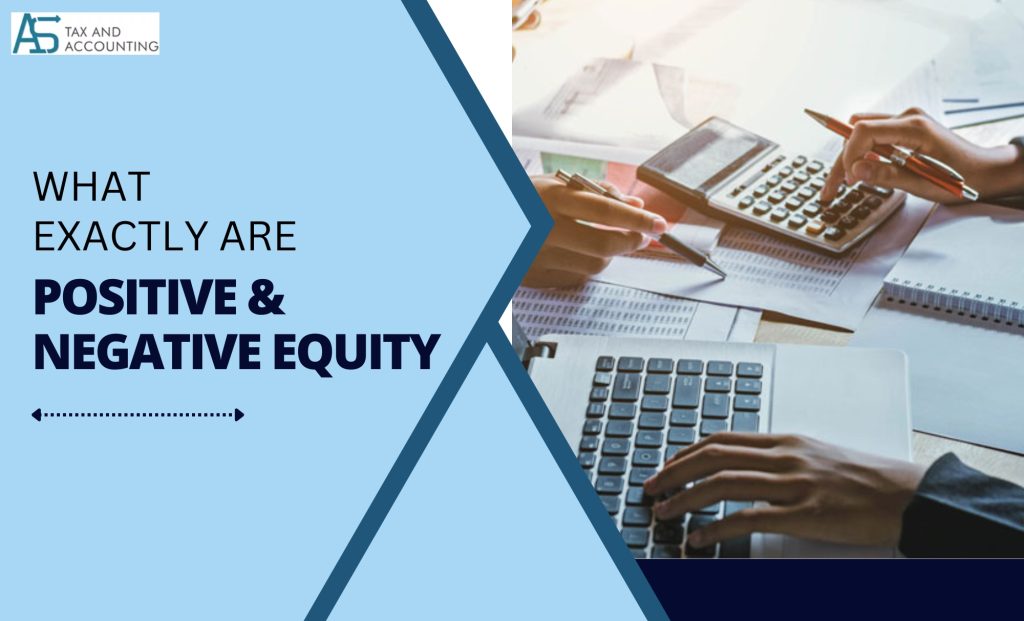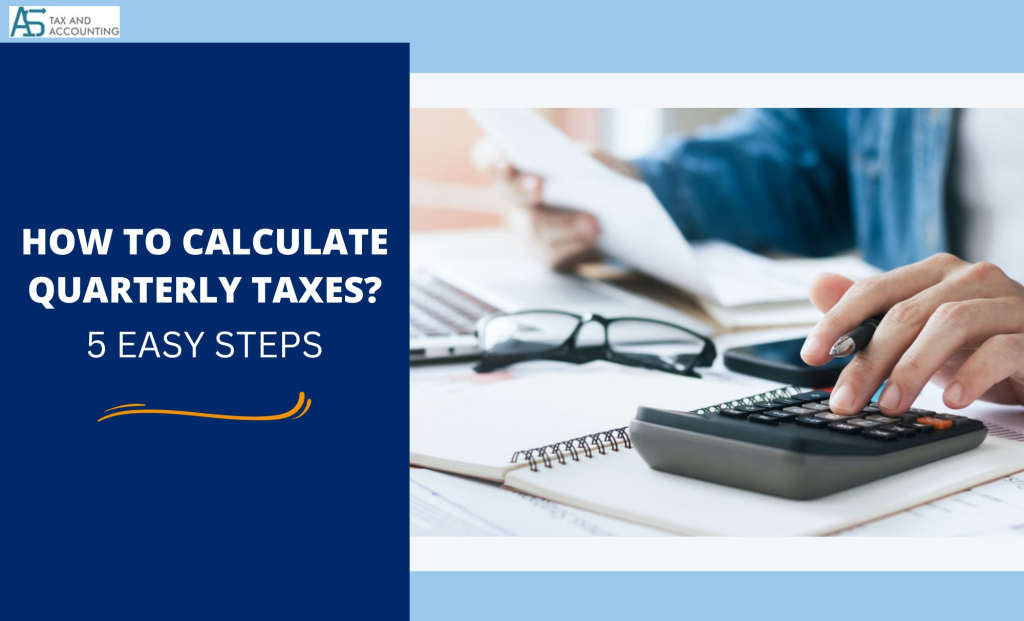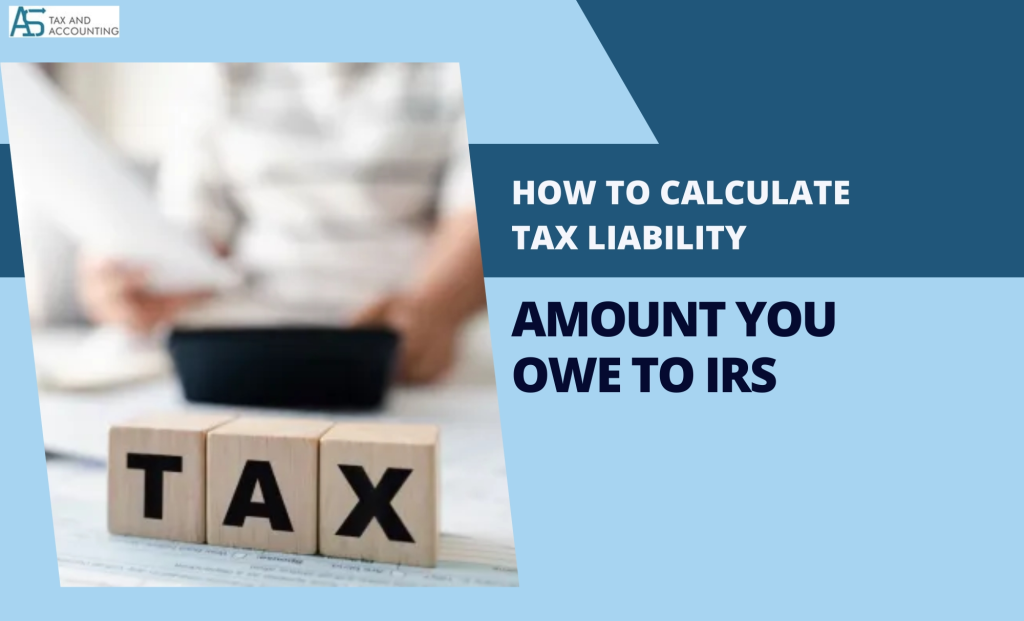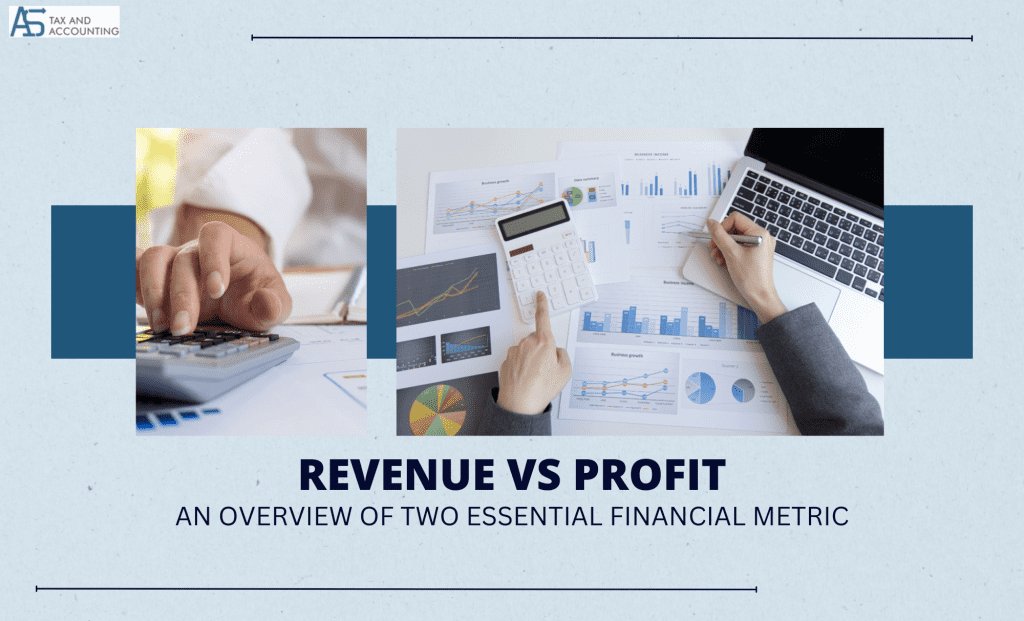What is equity in the business? Many business owners want to understand this core financial concept. Every business requires money to support its functioning, marketing, and operations. It is where they search for stakeholders. The stakeholders provide funds to the organization. The initial capital that you or others invest in your business lays the groundwork for its equity.
Investors consider equity to understand the company’s ownership and value. It is an indication of the financial health of the business. Continue reading to find out more about equity and how to calculate it.
What is Equity in Business?
The worth of your assets after deducting your company’s obligations is known as business equity. It may be tangible or intangible. Equity is the worth of ownership in anything in the field of business and finance. You can determine the value of a whole company, a single share of stock, its inventory, or any other valuable asset using equity.
So, what is equity in the business? Equity helps to determine the financial stability of the business. A shareholder owns equity in a corporation, which entitles them to a portion of the profits and a certain amount of control.
What Exactly is Positive and Negative Equity?
If you are in a financial position, it is relevant for you to understand the positive and negative equity. Equity can be either a positive or negative quantity, depending on the state of a company’s finances.

For instance, a company will declare itself bankrupt if it takes out a debt and fails to pay it.
When a company files for bankruptcy, it ceases operations, and an outside trustee seeks to sell off all of its assets to settle outstanding debts.
The corporation will have negative equity if the amount of outstanding debt exceeds the value of the liquidated assets. When a corporation has positive equity, its assets are more than its total liabilities. Therefore, it is an important task to manage your finances through Professional Accounting Services.
Components of Business Equity
1. Outstanding Shares
The number of shares investors and employees hold represents the outstanding shares. So, it also indicates the amount of stock the company has not repurchased.
2. Additional Paid-in Capital
Sometimes the investor pays over the par value of a stock. That is a paid-in capital. Companies compute additional paid-in capital by calculating the difference between the par value of common and preferred stock and the price at which each stock is ultimately sold.
3. Retained Earnings
The businesses target to achieve the following component of stock. After calculating and paying the dividends, the amount you save as net profits are retained earnings. It helps businesses to pay their debts or reinvest profits.
4. Treasury Stock
The treasury stock represents the number of shares that the business purchases back from investors. Businesses use it to improve financial ratios. However, it reduces the stocks available for purchase.
How to Calculate Business Equity?
The following formula is used to determine corporate equity:
Equity = Total assets – Total Liabilities
Here,
Total Assets include the financial resources that businesses assemble.
- Cash
- Raw Materials
- Inventory
- Plant and Equipment (PPE)
- Trademarks and Patents
- Accounts Receivable
Total Liabilities include the obligations or amount the business owes.
- Accounts payable (AP)
- Taxes
- Deferred revenues
- Bank Loans
- Mortgage debt
- Salary and Incentives
You can use the equity formula to calculate the business equity after figuring out the entire assets and liabilities of the business. It is a good practice to report your equity on your balance sheet after calculation.
Business Equity Calculation Example
If a business “XYZ” has assets of $36,000 and liabilities of $13,000, then.
Equity = Total assets – Total Liabilities
Equity = $36,000 – $13,000
= $23,000
Since the business XYZ has more assets than liabilities, the equity will be positive.
If a business “ABC” has assets of $20,000 and liabilities of $30,000, then.
Equity = Total assets – Total Liabilities
Equity = $20,000 – $30,000
Equity = – $10,000
Here, assets are less than liabilities. Thus, it will be negative equity.
Example of Setting Goal Equity
Suppose your business wants to achieve an equity of $30,000. At present, your business has $10,000 in liabilities. Then the value of your asset should be $40,000 to reach your goal.
Total assets = Total liabilities + Equity
Total assets = $30,000 + $10,000
Total assets = $40,000
How Does Equity Function?
Equity has several applications in finance. If you want a clear picture of what equity is in business, then understand these terms. All follow down to the same idea of equity.
Stocks
The ownership stake in a business represented by stock is referred to as equity. Common stock or preferred stock are two different ways that investors might own equity shares in a company.

The cash value for each share you receive upon selling illustrates the equity share. Due to market dynamics, this value varies throughout the trading day.
Balance Sheet
Total equity is the sum of paid-in capital, retained earnings, preferred stock, and common stock on a company’s balance sheet. So, in short, it represents the overall equity owned by all of a company’s owners.
Real Estate
Equity in real estate refers to the variation between the property’s fair market value and the outstanding mortgage balance.
Liquidation
When your business is unable to pay back the debts, it announces bankruptcy. In that case, the business sells all of its assets to pay off its debts.
Shareholder Equity vs. Owner’s Equity?
Both terms have the same meaning, but it changes with the type of business you are dealing with.
Owner’s equity often refers to partnerships and sole proprietorships. Sole proprietorships and partnerships take complete control of a firm. It means they own the total equity of the business.
The term shareholder’s equity is also known as stockholders’ equity. It refers to the stock shares that the company’s shareholders or investors own. In this, the company is owned by a number of investors. Therefore, the owner does not hold a sole ownership interest. Since shareholder equity represents the value that would be payable to all investors in the event of liquidation, it is effectively the net worth of the business.
How to Calculate Shareholder Equity?
If you are looking to calculate shareholder equity, take these steps. The balance sheet contains this information,
- Find the company’s total assets on the relevant balance sheet.
- Find the total liabilities.
- To calculate shareholder equity, use the equation.
Total Assets – Total Liabilities = Shareholder Equity
You can also calculate shareholder equity by using the below formula.
Shareholders Equity = Share Capital + Retained Earnings – Treasury Shares
Examples of Equity
In quest of understanding what is equity in the business, you should also look at other examples of business equity which is commonly used in the finance field.
Equity Financing
The firm finances its capital expenditures with equity financing rather than a business loan. It sells equity in the company in exchange for a cash investment. Equity financing does not require repayment, in contrast to a loan. Instead, through dividends or the sale of their equity shares to another investor, investors progressively recoup their investment in the business. It signifies better terms for the company.
However, equity financing has advantages and risks for investors and business owners.
Brand Equity
Assets do not always determine a company’s worth. Some brands have a positive reputation. It does not appear on the balance sheet of the company. However, it affects the company’s overall value.
Real Estate Equity
If your firm mortgages one or more commercial real estate properties, a loan-to-value (LTV) ratio will be used to compare the property’s value to the debt that it represents to the business.
Equity here refers to the discrepancy between the fair market value of the property and the total amount still owed on the mortgages.
Private Equity
Private equity is in those businesses which are not yet publicly traded. Typically, outside investors or other businesses thinking of merging or acquiring carry out this. In this situation, the company’s liabilities are subtracted from its assets to arrive at the book value.
Frequently Asked Question
Some companies don’t have “shares.” For instance, a sole proprietorship has a single owner with a 100% equity position. In a partnership, there are two or more investors who each own an ownership position in the company, but there is no stock and no shareholder structure.
Equity refers to the amount of money a shareholder will receive after selling the assets and paying the debts. So, in other words, it is the value of ownership.
Equity = Total assets – Total Liabilities
If you are looking to increase business equity, then the fundamental rule is to have sound management. Utilize intelligent and cost-effective marketing strategies to grow your clientele to boost sales. Also, closely monitor your expenses.
When the total asset of a firm exceeds the value of total liabilities, then the equity is positive. In contrast, when the value of business assets is lower than its liabilities, it is negative equity.
- Author Details
- Latest Posts

I am Billie wilson, a financial analyst who loves to share knowledge. I believe that everyone deserves the opportunity to succeed and so I guide people in their journey to financial growth




